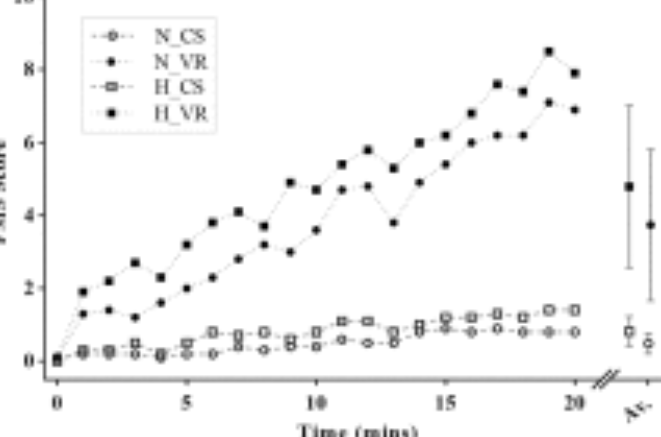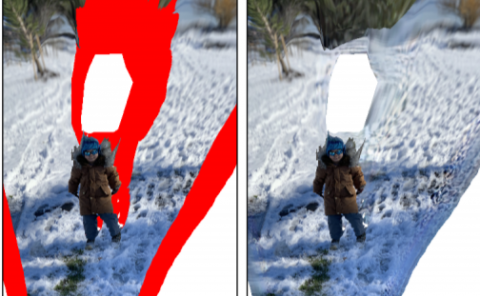Effect of virtual reality and whole-body heating on motion sickness severity: A combined and individual stressors approach
PubDate: Dec 2019
Teams: Loughborough University;
Writers: Josh T.Arnold;Kate O’Keeffe;Chloe McDaniel;Simon Hodder;Alex Lloyd

Abstract
Background
Virtual reality (VR) use is limited by the potential side effects of prolonged exposure to vection, leading to motion sickness. Air temperature (Ta) may exacerbate the severity of such side effects through a synergistic interaction. This study assessed the individual and combined impact of a hot Ta and VR on motion sickness severity.
Method
Thirteen healthy volunteers were exposed to a 20 min visual stimulus, across four experimental conditions: N_CS: 22 °C Ta with computer screen; N_VR: 22 °C Ta with VR; H_CS: 35 °C Ta with computer screen; H_VR: 35 °C Ta with VR. Motion sickness was assessed via fast motion sickness scale (FMS) and simulator sickness questionnaire (SSQ). Physiological indices of motion sickness including, sweat rate, rectal temperature, cutaneous vascular conductance (CVC), skin temperature, blood pressure and heart rate were also examined.
Results
FMS and SSQ ratings indicate a significant main effect for VR, increasing sickness severity (p < 0.001). A significant main effect of Ta was observed for SSQ, but not FMS ratings (FMS, p = 0.07; SSQ, p < 0.04). Despite trends towards synergism, no interaction (Ta × VR) was observed for FMS (p = 0.2) or SSQ scores (p = 0.07), indicating an additive response. Synergistic trends were also observed for sweat rate and CVC.
Conclusion
Synergism between VR and heat on motion sickness remains unclear, possibly as a result of considerable inter-individual variation in the reported subjective responses. Understanding of the questions raised by this study inform safe working guidelines for the use of VR in commercial and occupational settings.


